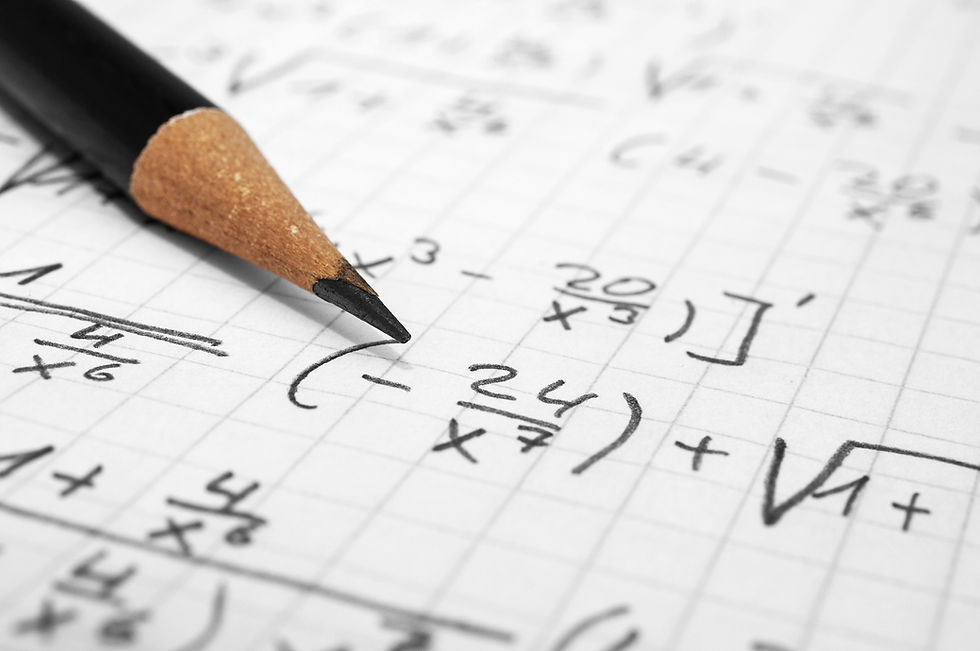How to Maximize Your Vocal Warmups, Part 2
- Ellen Allen

- Aug 11, 2020
- 2 min read
In my last post, I talked about the basic structure of a vocal warm-up: how you should start, what you should focus on first, and how to decide what exercises to incorporate. (If you haven't read it yet, I recommend doing so before diving into this post.)
Now, we're going to talk about how to FOCUS through these, um, very repetitive exercises.
So, first: confession time. Raise your hand if you've ever zoned out during your vocal warm-ups.
If your hand isn't up, well, hats off to you. And congrats on your super-human mental fortitude.
For most of us, though, suddenly finding ourselves on auto-pilot during vocal warm-ups is not an unfamiliar experience.
How do we sing the same pattern over and over again, and engage with it anew every time?
You know when your math teacher assigns you fifty homework problems, and you think, "Why

fifty? They're all the same. Why can't I just do five?"
Well, vocal warm-ups might feel like that, but they're actually completely different. While you can apply the same principles and procedures to every single one of your math problems, you can't do that with singing. Singing the same five-note pattern, with the same vowels, is going to feel completely different in your low range than it does in your high range, for example. Each is going to require a different use of breath, different registration, and different mental gymnastics.
So what does that look like? Here are some things to bring you back when your mind starts to wander:
Get back to basics. If your mind has started to wander, come back to your body and your breath. Focusing on concrete things helps to ground us. Are you still standing with good alignment? Are you still breathing properly.
Recall the warm-up's intended purpose. Why did you (or your teacher) choose this warm-up? What is it designed to accomplish? Even registration? Breath management? Articulation? Are you accomplishing the warm-up's goal with each repetition?
Be mindful of where you are in your range, and make technical adjustments accordingly. If you're using the piano to play your own warm-ups, it's easy to keep track of where you are; if your teacher is playing and you can't see the keyboard, it's a great opportunity to feel the shifts in your voice without actually knowing what note(s) you're singing. (Unless you've got perfect pitch, that is.)
If your teacher has given you a specific instruction for the warm-up, you must assume, unless told otherwise, that the instruction applies to every repetition. Don't just do it once and then forget about it when you move up the next half step.
Keep In Mind That...
Building mental focus and mindfulness in your warm-up routine takes practice. As with anything else, start with small but effective action steps, and work in small chunks so as not to get overwhelmed. If you find yourself getting mentally tired during your warm-ups, take a break for a few minutes and come back to them. It's better to do fewer exercises super well, than more exercises at less-than-your-best.
For more tips on mindful practicing, check out this post!

_edited_edited.jpg)






Comments